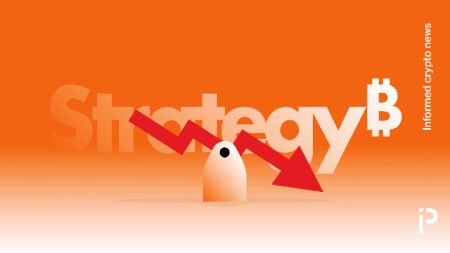Understanding the Blockchain Performance Gap: A Report by Steven Pu
Unveiling the Discrepancy: Theoretical vs. Real-World TPS
In a groundbreaking report released on February 24, Steven Pu, co-founder of the layer-1 blockchain Taraxa, shed light on a significant gap between the theoretical and actual performance of blockchain networks. By analyzing data from Chainspect across 22 networks, the study revealed that the theoretical transactions per second (TPS) often touted by blockchain platforms are, on average, 20 times higher than their real-world performance. This discrepancy arises from the reliance on lab-based metrics that fail to hold up when tested on live mainnets. The findings suggest that while many blockchains boast impressive theoretical capabilities, their practical applications fall far short of these claims.
Introducing a New Metric: TPS per Dollar Spent
Pu’s report introduces a novel metric: TPS per dollar spent on a validator node (TPS/$). This metric shifts the focus from raw speed to cost-efficiency, providing a more realistic measure of a blockchain’s performance. The study found that across the 22 analyzed networks, the theoretical TPS averaged 20 times higher than observed mainnet performance. Only four networks achieved double-digit TPS/$ ratios, highlighting the inefficient use of resources in many blockchain operations. This not only challenges the scalability claims of these networks but also raises questions about their decentralization, as costly hardware requirements can limit participation and centralize control.
Industry Implications: Misleading Metrics and the Need for Transparency
The report underscores a critical issue in the blockchain industry: the overemphasis on theoretical performance metrics. Bitcoin (BTC) and Ethereum (ETH), for instance, prioritize security and decentralization over raw speed, while newer chains often tout inflated TPS numbers that rarely materialize in real-world scenarios. This misdirection can mislead stakeholders, from investors to developers, potentially distorting decision-making processes. The TPS/$ metric offers a more practical approach, assessing a network’s suitability for real-world use cases like payments and supply chain tracking, where cost-efficiency and reliability are paramount.
Taraxa’s Call to Action: Pushing for Transparency
Taraxa, a proof-of-stake layer-1 blockchain specializing in audit logging, positions itself as a proponent of transparency in the industry. Pu, an entrepreneur with a background from Stanford, urges the community to rely on verifiable mainnet data rather than the hype often found in whitepapers. The report serves as a wake-up call, particularly as the cryptocurrency space grapples with adoption challenges. Inflated performance statistics can lead to misguided investments and developmental choices, especially in sectors like decentralized finance (DeFi) and supply chain management, where reliable performance is essential.
The Importance of Verifiable Metrics in Blockchain
The exclusion of certain transactions, such as voting transactions, from the Max TPS metric to avoid artificial inflation underscores the need for clear and honest performance measurement. Taraxa’s emphasis on transparency aligns with broader industry concerns about the integrity of claimed capabilities. As the blockchain ecosystem evolves, the adoption of verifiable metrics like TPS/$ could redefine how networks are evaluated, shifting focus towards practical value and sustainability over theoretical prowess.
Navigating the Future: The Impact of Pu’s Findings
Looking ahead, Pu’s research may prompt a seismic shift in how blockchain performance is assessed. By advocating for metrics that balance speed, cost, and real-world applicability, the industry can move towards more sustainable and practical solutions. This shift is crucial for fostering trust and driving adoption, ensuring that blockchain technology lives up to its transformative potential. As stakeholders embrace transparency and verifiable data, the blockchain ecosystem can mature into a more reliable and scalable landscape, ready to support the demands of a digital future.















